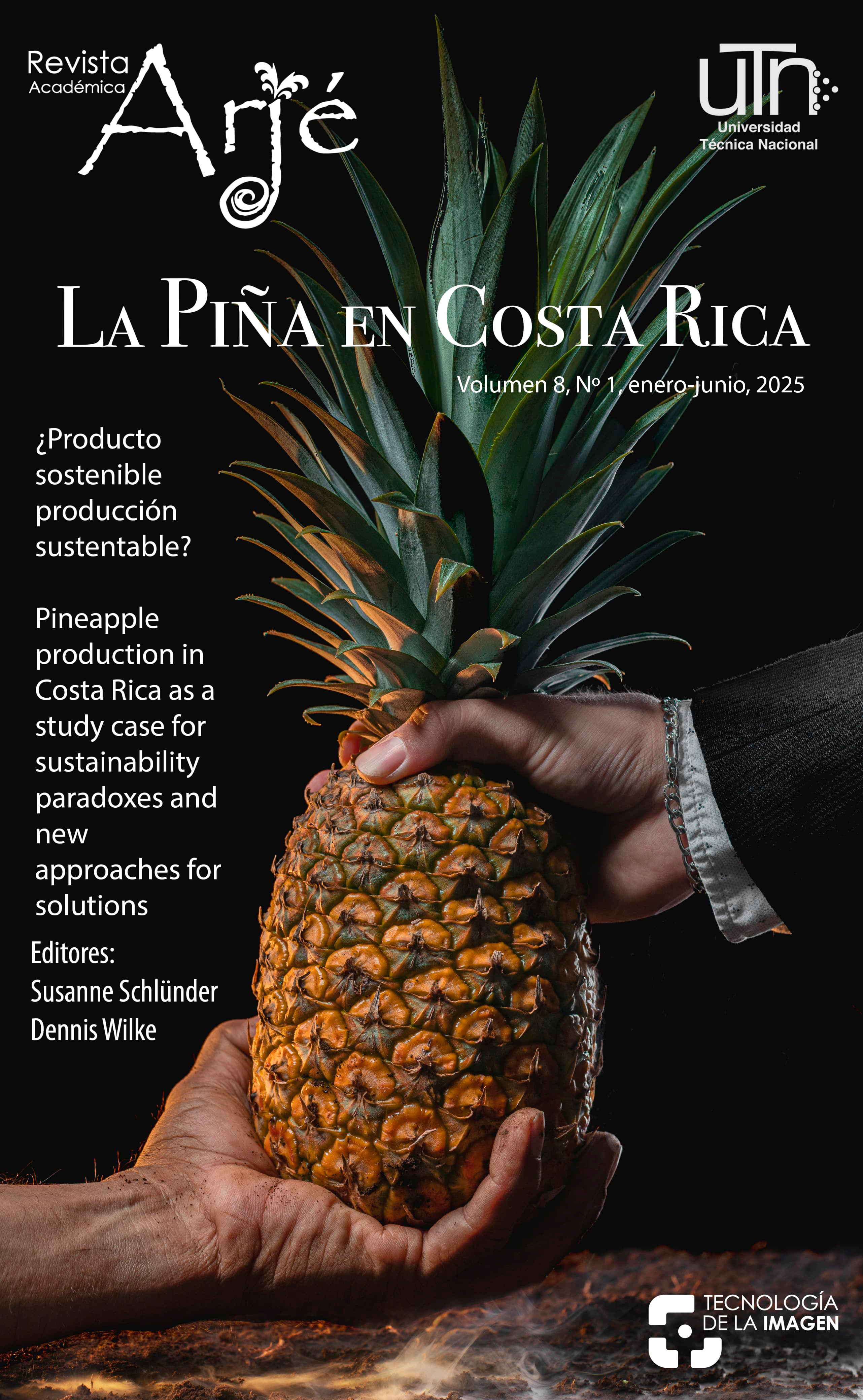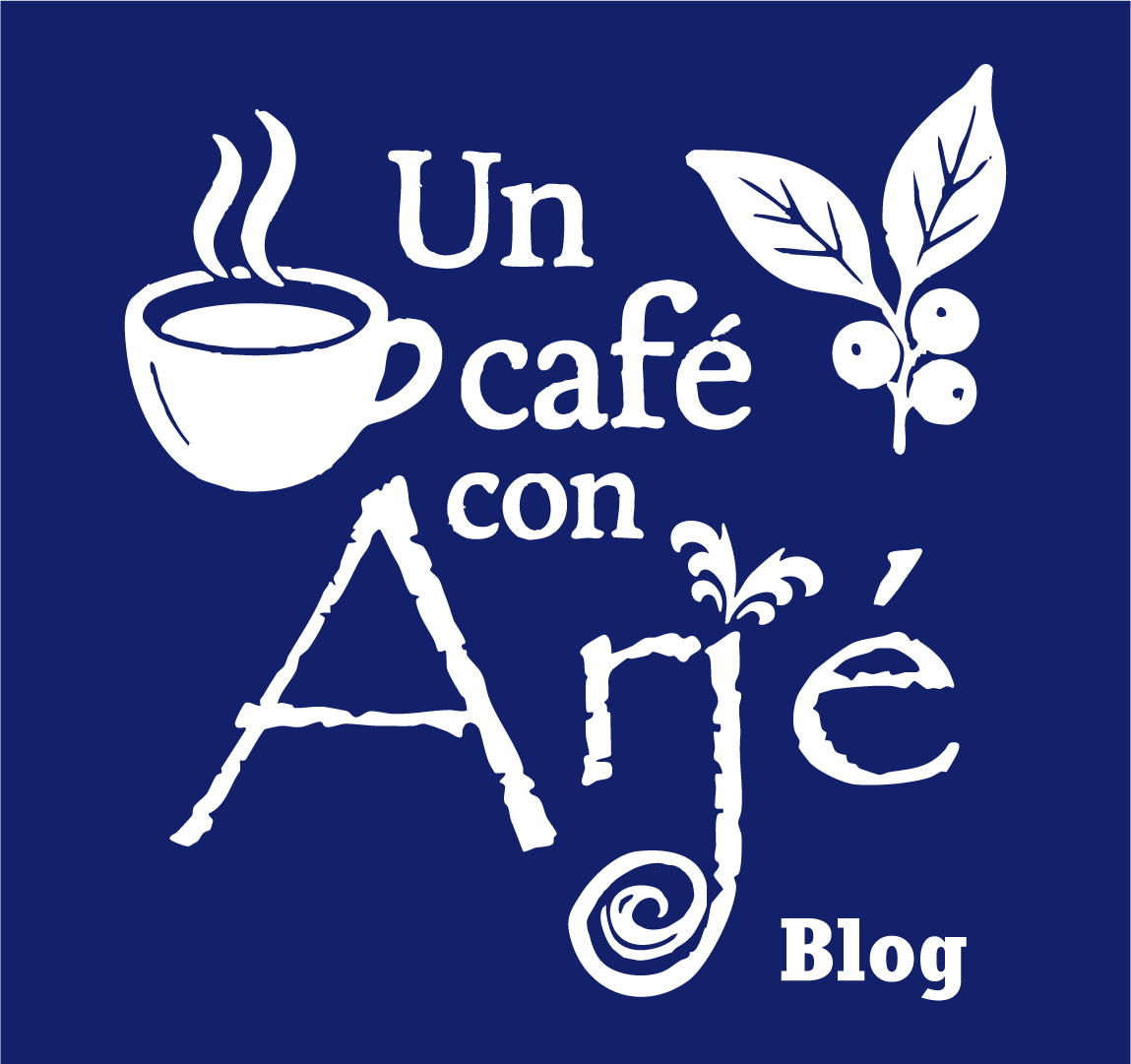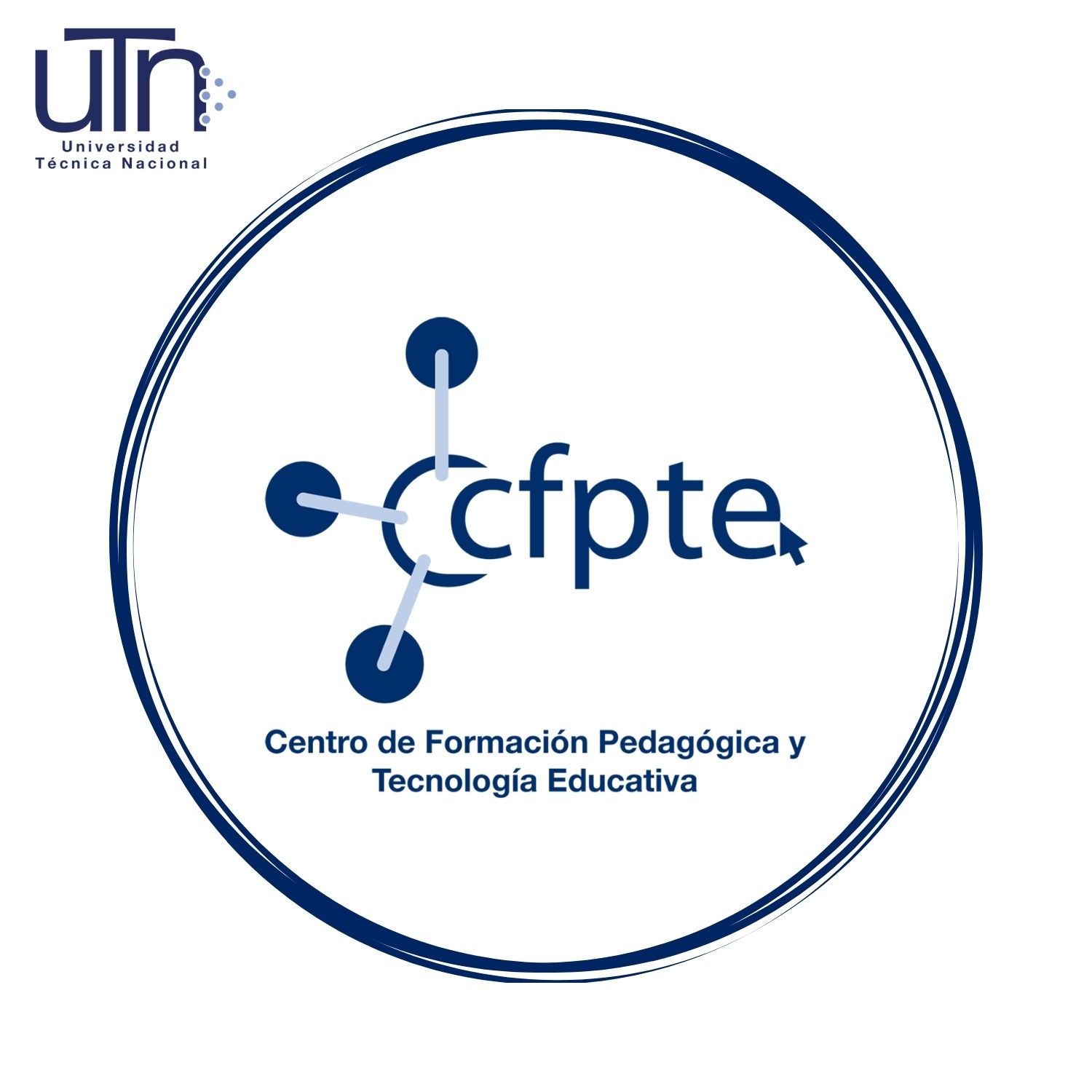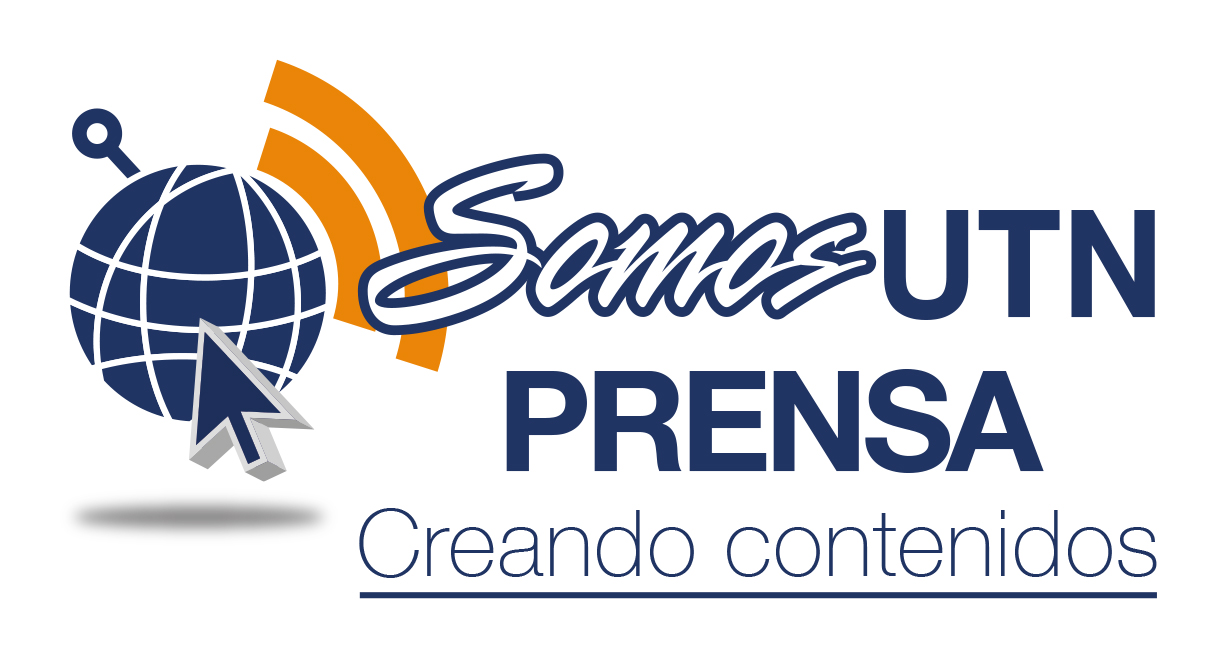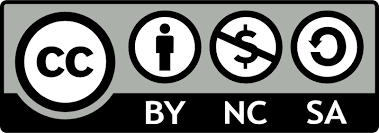Commons vs. Commerce – managing water resources between pineapple production and nature conservation
DOI:
https://doi.org/10.47633/wp43k007Keywords:
Community-based water organizations, contamination, pineapple, power, sustainable development, water governance, waterAbstract
Water is pivotal for the growth of pineapple plants throughout their life cycle. In Costa Rica’s rural areas, water is often provided as a common good by community-based water organizations (CWOs). Due to their reliance on locally available water resources, they are vulnerable to the water-related actions exerted by other users of their resource systems, such as water contamination through utilization of agrochemicals in pineapple production. In this article, we look more closely at the ongoing spatial fragmentation and the pressure for resource use through pineapple expansion in Costa Rica in the context of the Sustainable Development paradigm. We highlight the resulting consequences for common-pool resource (CPR) systems, exemplified by water contamination for CWOs in the northern Costa Rican canton of Río Cuarto. Drawing on insights from eight semi-structured interviews with different stakeholders, we analyze how the situation affects local CWOs, how these stakeholders address the consequences, and how they strive to improve the situation. We found that the situation accentuates power imbalances between CWOs and powerful private actors, jeopardizing the CWOs’ economic viability. However, their proposed long-term strategies may exacerbate water scarcity and resource conflicts. Instead, we argue that effective solutions would comprise regulatory instruments, accountability of the contaminators for their actions, as well as a stronger involvement of CWOs in decision making. Calls for a balanced development model that prioritizes community interests and environmental conservation over economic growth underscore the need for a paradigm shift in national policy frameworks.
Downloads
References
Acuña, G. (2006). Producción de piña en caribe y pacífico sur de Costa Rica. Revista Ambientico, (158), 2–3. https://web.archive.org/web/20240615204412/https://www.ambientico.una.ac.cr/wp-content/uploads/tainacan-items/5/16401/158_2-3.pdf
Alpízar-Rodríguez, F. (Ed.). (2019). Agua y Poder en Costa Rica. 1980-2017. Centro de Investigación y Estudios Políticos, Escuela de Ciencias Políticas, Vicerrectoría de Investigación, Universidad de Costa Rica. https://web.archive.org/web/20241129053256/https://ciep.ucr.ac.cr/wp-content/uploads/2021/07/Agua-Poder-CR.pdf
Araujo-Resenterra, A., & Umaña-Mayorga, J. (2021). Terminal evaluation: Project: Strengthening Capacities of Rural Aqueduct Associations' (ASADAS) to address climate change risks in water stressed communities of Northern Costa Rica. United Nations Development Program (UNDP).
Arguedas-Ortiz, D. (2016). Casos contra piñeras se añejan atorados en Tribunal Ambiental. Semanario Universidad. https://web.archive.org/web/20250123071316/https://semanariouniversidad.com/pais/casos-pineras-se-anejan-atorados-tribunal-ambiental/
Astorga-Espeleta, Y. (2016). Gestión del recurso hídrico en Costa Rica. Revista Ambientico, 260, 17–24. https://web.archive.org/web/20240426174050/http://www.ambientico.una.ac.cr/wp-content/uploads/tainacan-items/5/27197/260_17-24.pdf
Ávalos-Rodríquez, Á. (2018). Tres nacientes que abastecen acueductos en Río Cuarto están contaminadas con herbicida. La Nación. https://web.archive.org/web/20200311031704/https://www.nacion.com/el-pais/salud/tres-nacientes-que-abastecen-acueductos-en-rio/2JHK6YRCNRDEBCGRWBTTSJLCHI/story/
Ballestero, M., & Reyes, V. (2006). Water quality management in Central America: case study of Costa Rica. In A. K. Biswas, C. Tortajada, B. Braga, & D. J. Rodriguez (Eds.), Water resources development and management, water quality management in the Americas (pp. 179–200). Springer. https://doi.org/10.1007/3-540-30444-4_12
Barrios-Napurí, C., Castro-Álvarez., U., Coria, L. G., González-Arencibia, M., Martínez-Verdú, R., & Taddey-Díez, L. (2007). La relación global-local. Sus implicancias prácticas para el diseño de estrategias de desarrollo. Red Académica Iberoamericana Local-Global-EUMEDNET. https://web.archive.org/web/20250415171817/https://www.eumed.net/libros-gratis/2007a/259/index.htm
Blanco Obando, E. E. (2020). Cultivo de piña y conflictos socio-ambientales en la región Atlántico/Caribe, Costa Rica, 1990-2017. Athenea Digital. Revista de Pensamiento e Investigación Social, 20(3), e-2421. https://doi.org/10.5565/rev/athenea.2421
Blomquist, W., Ballestero, M., Bhat, A., & Kemper, K.E. (2007). Costa Rica: Tarcoles Basin. In K. E. Kemper, W. Blomquist, & A. Dinar (Eds), Integrated river management through decentralization (pp 149–165). Springer.
Bogner, A., Littig, B., & Menz, W. (2014). Interviews mit Experten: Eine praxisorientierte Einführung. Springer Fachmedien Wiesbaden. https://doi.org/10.1007/978-3-531-19416-5
Bower, K. M. (2014). Water supply and sanitation of Costa Rica. Environmental Earth Sciences, 71(1), 107–123. https://doi.org/10.1007/s12665-013-2416-x
Chacón, V. (2017). Gobierno diseñó sistema de registro de agroquímicos. Semanario Universidad. https://web.archive.org/web/20210417202535/https://semanariouniversidad.com/pais/gobierno-diseno-nuevo-sistema-registro-agroquimicos/
Consejo Nacional de Rectores. (2023). Estado de la Nación 2023. https://repositorio.conare.ac.cr/handle/20.500.12337/8603
Contreras Solera, M., & Díaz Porras, R. (2017). Posibilidades locales de desarrollo en presencia de enclaves: Caso de la Asociación de Productores de Piña de la comunidad de Utrapez, ubicada en la Zona Sur de CR. Perspectivas Rurales Nueva Época, 29, 43–72. https://www.revistas.una.ac.cr/index.php/perspectivasrurales/article/view/9284
Cuadrado-Quesada, G. (2017). Gobernanza de aguas subterráneas, conflictos socioambientales y alternativas: experiencias en Costa Rica. Anuario de Estudios Centroamericanos, (43), 393. https://doi.org/10.15517/aeca.v1i1.28852.
Cuadrado-Quesada, G. (2021). Las ASADAS: Un análisis jurídico-práctico de su naturaleza y sus responsabilidades. Revista IUS Doctrina, 14(1), 1–29. https://doi.org/10.15517/id.2021.48952
Cuadrado-Quesada, G. (2022). Governing Groundwater. Between Law and Practice. Springer International Publishing. https://doi.org/10.1007/978-3-030-92778-3
Cuadrado-Quesada, G., Holley, C., & Gupta, J. (2018). Groundwater governance in the Anthropocene: a close look at Costa Rica. Water Policy, 20(3), 475–489. https://doi.org/10.2166/wp.2018.158.
Cumming, G. S., Cumming, D. H. M., & Redman, C. L. (2006). Scale Mismatches in Social-Ecological Systems. Ecology and Society, 11 (1). https://doi.org/10.5751/es-01569-110114
Cumming, G., Cumming, D. H. M., & Redman, C. (2006). Scale Mismatches in Social-Ecological Systems: Causes, Consequences, and Solutions. Ecology and Society, 11(1), 14. https://doi.org/10.5751/ES-01569-110114
Díaz-Zeledón, N. (2020). Servicio Fitosanitario conocía de bromacil en agua de Zona Norte desde el 2015 y no alertó. Semanario Universidad. https://web.archive.org/web/20230521052021/https://semanariouniversidad.com/pais/servicio-fitosanitario-conocia-de-bromacil-en-agua-de-zona-norte-desde-el-2015-y-no-alerto/
Dobbin, K. B. (2013). Co-Management and the Fight for Rural Water Justice: Learning from Costa Rican ASADAS [Senior thesis, Pitzer College]. https://web.archive.org/web/20240721025528/https://scholarship.claremont.edu/cgi/viewcontent.cgi?article=1037&context=pitzer_theses
Dresing, T., & Pehl, T. (2018). Praxisbuch Interview, Transkription & Analyse. Anleitungen und Regelsysteme für qualitativ Forschende (8° ed.). Marburg. https://web.archive.org/web/20241122072852/https://www.audiotranskription.de/wp-content/uploads/2020/11/Praxisbuch_08_01_web.pdf
Fagan, M. E., de Fries, R. S., Sesnie, S. E., Arroyo, J. P., Walker, W., Soto, C., Chazdon, R. L., & Sanchun, A. (2013). Land cover dynamics following a deforestation ban in northern Costa Rica. Environmental Research Letters, 8(3), 034017. https://doi.org/10.1088/1748-9326/8/3/034017
Freshwater Action Network-Central America. (2006). Water Boards in Central America. Assessment of Local Management of Water Resources. A Comparative Study. https://www.ircwash.org/sites/default/files/FANCA-2007-Water.pdf
Guevara, M. (2021, September 17). Environmental Impacts of Pineapple Plantations in Costa Rica. Grow Jungles. https://web.archive.org/web/20240425174229/https://growjungles.com/environmental-impacts-of-pineapple-plantations/
Hardin, G. (1968). The Tragedy of the Commons. Science, 162(3859), 1243–1248. https://doi.org/10.1126/science.162.3859.1243
Hellferich, C. (2009). Qualität qualitativer Daten. Manual zur Durchführung qualitative Einzelinterviews. VS-Verlag.
Herrera-Rodríguez, M. (2013). Sustainable Development in Costa Rica: A Geographic Critique. Journal of Latin American Geography 12(2), 193–219. https://doi.org/10.1353/lag.2013.0011
Hidalgo, H.G., Springer, M., Astorga-Espeleta, Y., Gómez, E., Vargas, I., & Meléndez, É. (2019). Water quality in Costa Rica. In The Inter-American Network of Academies of Sciences. (Ed.), Water Quality in the Americas. Risks and Opportunities (pp. 228–254). IANAS.
Instituto de Desarrollo Rural de Costa Rica. (2024). Informe de Caracterización Básica Territorio San Carlos-Peñas Blancas-Río Cuarto. INDER. https://web.archive.org/web/20250415182625/https://www.inder.go.cr/san-carlos-penas-blancas-rio-cuarto/Caracterizacion-San-Carlos-Penas-Blancas-Rio-Cuarto.pdf
Kuckartz, U., & Rädiker, S. (2023). Qualitative Content Analysis: Methods, Practice and Software (2° ed.). Sage.
Kuzdas, C., Wiek, A., Warner, B., Vignola, R., & Morataya, R. (2015). Integrated and Participatory Analysis of Water Governance Regimes: The Case of the Costa Rican Dry Tropics. World Development, 66, 254–268. https://doi.org/10.1016/j.worlddev.2014.08.018
Kuzdas, C., Yglesias, M., & Warner, B. (2013). Governing Costa Rica's Water Resources. Solutions for a Sustainable and Desirable Future, 4(4).
Lara-Salas., J. F. (2019). Estado conocía contaminación de agua con bromacil pero la desatendió. La Nación. https://web.archive.org/web/20241208024835/https://www.nacion.com/el-pais/servicios/estado-conocia-contaminacion-de-agua-con-bromacil/CII5QXIIYFGELNBMZO3U43MB4I/story/
León-Araya, A. (2022). Agrarian extractivism and sustainable development: The politics of pineapple expansion in Costa Rica. In B. M. McKay, A. Alonso-Fradejas, & A. Ezquerro-Cañete (Eds.), Extractivismo agrario en América Latina (pp. 99–116). University of Calgary. https://doi.org/10.4324/9780367822958-6
Madrigal-Ballestero, R., & Naranjo, M. A. (2015). Adaptive capacity, drought and the performance of community-based drinking water organizations in Costa Rica. Journal of Water and Climate Change, 6(4), 831–847. https://doi.org/10.2166/wcc.2015.154
Madrigal-Ballestero, R., Alpízar, F., & Schlüter, A. (2013). Public perceptions of the performance of community-based drinking water organizations in Costa Rica. Water Resources and Rural Development, 1-2, 43–56. https://doi.org/10.1016/j.wrr.2013.10.001
McAfee, K., & Shapiro, E. N. (2010). Payments for Ecosystem Services in Mexico: Nature, Neoliberalism, Social Movements, and the State. Annals Association of American Geographers, 100(3), 579–599. https://doi.org/10.1080/00045601003794833
Ministerio de Salud. (2018). Acciones del Gobierno garantizan agua segura en comunidades de Río Cuarto. MINSA. https://web.archive.org/web/20220804233750/https://www.ministeriodesalud.go.cr/index.php/prensa/44-noticias-2018/342-acciones-del-gobierno-garantizan-agua-segura-en-comunidades-de-rio-cuarto
Monge, E., Paz, L., & Ovares, C. (2013). Transparencia y Rendición de Cuentas en las ASADAS. Manual para las Asociaciones Administradoras de Sistemas de Acueductos y Alcantarillados Sanitarios (ASADAS) de Costa Rica. Centro de Derecho Ambiental y de los Recursos Naturales. https://web.archive.org/web/20230521195742/https://www.aya.go.cr/ASADAS/documentacionAsadas/Manual%20para%20las%20ASADAS%20-%20Cedarena%20-%20Transparencia%20y%20Rendici%C3%B3n%20de%20Cuentas.pdf
Municipalidad Río Cuarto. (2024). Plan Vial Quinquenal de Conservación y Desarrollo, Río Cuarto 2022-2026. Municipalidad Río Cuarto.
Ostrom, E. (1990). Governing the Commons: The Evolution of Institutions for Collective Action. Cambridge University Press.
Ostrom, V., & Ostrom, E. (1977). Public goods and public choices. In E. S. Savas (Ed.), Alternatives for delivering public services: Toward improved performance (pp. 7–49). Westview Press.
Pahl-Wostl, C. (2015). Water Governance in the Face of Global Change. Springer International Publishing. https://doi.org/10.1007/978-3-319-21855-7
Ramírez-Cover, A. (2020). Excepcionalismo verde y desarrollo sostenible en Costa Rica. Anuario del Centro de Investigación y Estudios Políticos, 11, 1–21. https://doi.org/10.15517/aciep.v0i11.44774
Redman, C. L., Grove, J. M., & Kuby, L. H. (2004). Integrating social science into the long-¬term ecological research (LTER) network: Social dimensions of ecological change and ecological dimensions of social change. Ecosystems, 7(2), 161–171. https://doi.org/10.1007/s10021-003-0215-z
Rivera-Hernández, J. E., Blanco-Orozco, N. V., Alcántara-Salinas, G., Houbron, E. P., Pérez-Sato, J. A. (2017). ¿Desarrollo sostenible o sustentable? La controversia de un concepto. Posgrado y Sociedad. Revista Electrónica del Sistema de Estudios de Posgrado, 15(1), 57–67. https://doi.org/10.22458/rpys.v15i1.1825.
Rojas, J. A. (2006). Ayer peones, hoy productores y exportadores de piña. Ambientico, 158, 4–5. https://web.archive.org/web/20240615230551/https://www.ambientico.una.ac.cr/wp-content/uploads/tainacan-items/5/16422/158_4-5.pdf
Snoflake Inc. (2025). Transkriptionsdienst der Uni Osnabrück. https://transcription.uni-osnabrueck.de/ (29/04/2025).
Stefan, C., Suárez-Serrano, A., Bautista-Solís, P., Caucci, S., Junghanns, R., & Walther, M. (Eds.) (2019). Green Adaptation Strategies for Water Security in the Central American Dry Corridor (Report of workshop). http://hdl.handle.net/11056/23395
Suárez-Serrano, A., Garro-Baldioceda, Á., Sanabria-Durán, G., Conejo-Rojas, J., Cantillano-Rojas, D., & Watson-Guillén, A. (2019). Seguridad hídrica: Gestión del agua en comunidades rurales del Pacífico Norte de Costa Rica. Revista de Ciencias Ambientales, 53(2), 25–46. https://doi.org/10.15359/rca.53-2.2.
Surcos. (2023). Denuncian contaminación del agua potable de las piñeras en Río Cuarto. Surcos Digital. https://web.archive.org/web/20241209065219/https://surcosdigital.com/denuncian-contaminacion-del-agua-potable-de-las-pineras-en-rio-cuarto/
United Nations. (2010). The human right to water and sanitation. https://www.un.org/waterforlifedecade/human_right_to_water.shtml
Valverde Salas, K., Porras Montero, M., & Jiménez Corrales, A. (2016). La expansión por omisión: Territorios piñeros en los cantones Los Chiles, Upala y Guatuso, Costa Rica (2004–2015). Vigesimosegundo Informe Estado de la Nación en Desarrollo Humano Sostenible. https://hdl.handle.net/20.500.12337/395
VERBI Software. (2023). MAXQDA, Software für qualitative Datenanalyse, 1989 – 2023. Consult. Sozialforschung GmbH, Berlin, Deutschland.
Published
Data Availability Statement
Supplementary material, such as the codebook of the qualitative analysis and highquality versions of the figures can be downloaded at https://myshare.uni-osnabrueck.de/d/2a93cfcbec5145a1bef9/
Issue
Section
License
Copyright (c) 2025 Dennis Wilke, Andrés Araya-Araya, María Fernanda Arias-Araya

This work is licensed under a Creative Commons Attribution-NonCommercial-ShareAlike 4.0 International License.
All articles in the Revista Académica Arjé are published under the Creative Commons Attribution-NonCommercial-ShareAlike 4.0 International License (CC BY-NC-SA 4.0).
This means that:
-
Attribution: Proper credit must be given to the original authors, a link to the license must be included, and any changes made must be indicated.
-
NonCommercial: The material may not be used for commercial purposes.
-
ShareAlike: If the work is adapted or remixed, the resulting version must be distributed under the same license.
More information at: https://creativecommons.org/licenses/by-nc-sa/4.0/deed.en
